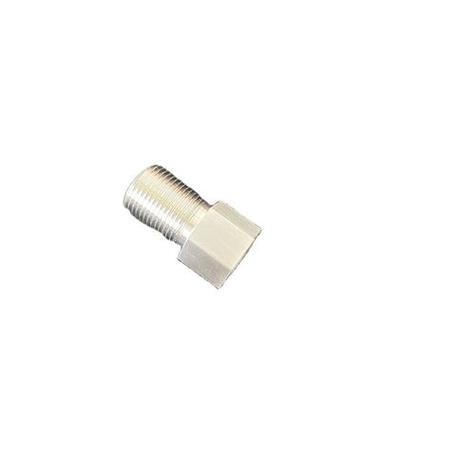High Precision Miniature Bearings for Medical Equipment: A Comprehensive Guide
High precision miniature bearings are essential components in modern medical equipment, enabling smooth operation and accuracy in devices ranging from surgical robots to diagnostic imaging systems. These specialized bearings combine exceptional durability with micron-level tolerances to meet the stringent requirements of healthcare applications.
Table of Contents
1. Types of medical miniature bearings2. Surgical tool bearing specifications
3. Medical-grade bearing materials
4. Precision bearing cleaning methods
5. FDA-compliant bearing standards
1. Types of Medical Miniature Bearings
 Medical equipment requires various bearing types to meet specific operational demands. Deep groove ball bearings remain popular for general applications due to their radial load capacity and low friction. Angular contact bearings prove essential in devices requiring combined radial and axial load support, such as rotary surgical handpieces. Thin-section bearings enable compact designs in portable medical devices while maintaining high rotational accuracy. Hybrid ceramic bearings have gained prominence in MRI machines where non-magnetic properties are critical. Each type undergoes rigorous testing for biocompatibility and sterilization compatibility, with specialized seals protecting against fluid ingress in wet environments.
Medical equipment requires various bearing types to meet specific operational demands. Deep groove ball bearings remain popular for general applications due to their radial load capacity and low friction. Angular contact bearings prove essential in devices requiring combined radial and axial load support, such as rotary surgical handpieces. Thin-section bearings enable compact designs in portable medical devices while maintaining high rotational accuracy. Hybrid ceramic bearings have gained prominence in MRI machines where non-magnetic properties are critical. Each type undergoes rigorous testing for biocompatibility and sterilization compatibility, with specialized seals protecting against fluid ingress in wet environments.
2. Surgical Tool Bearing Specifications
Surgical instrument bearings demand exceptional performance characteristics. Typical specifications include...
3. Medical-Grade Bearing Materials
Material selection directly impacts bearing performance...
4. Precision Bearing Cleaning Methods
Proper cleaning protocols ensure longevity...
5. FDA-Compliant Bearing Standards
Medical bearings must comply with strict...
Understanding these five critical aspects of medical miniature bearings helps equipment designers make informed decisions. From material science to regulatory compliance, each factor contributes to creating reliable medical devices that meet modern healthcare demands. Proper bearing selection directly impacts device performance, patient safety, and maintenance costs.
In conclusion, high precision miniature bearings form the backbone of modern medical technology. By adhering to strict manufacturing standards and understanding application-specific requirements, medical device engineers can ensure optimal performance across various healthcare applications. This comprehensive guide provides essential insights for professionals seeking to enhance medical equipment reliability through proper bearing selection and maintenance practices.




 13869596835
13869596835